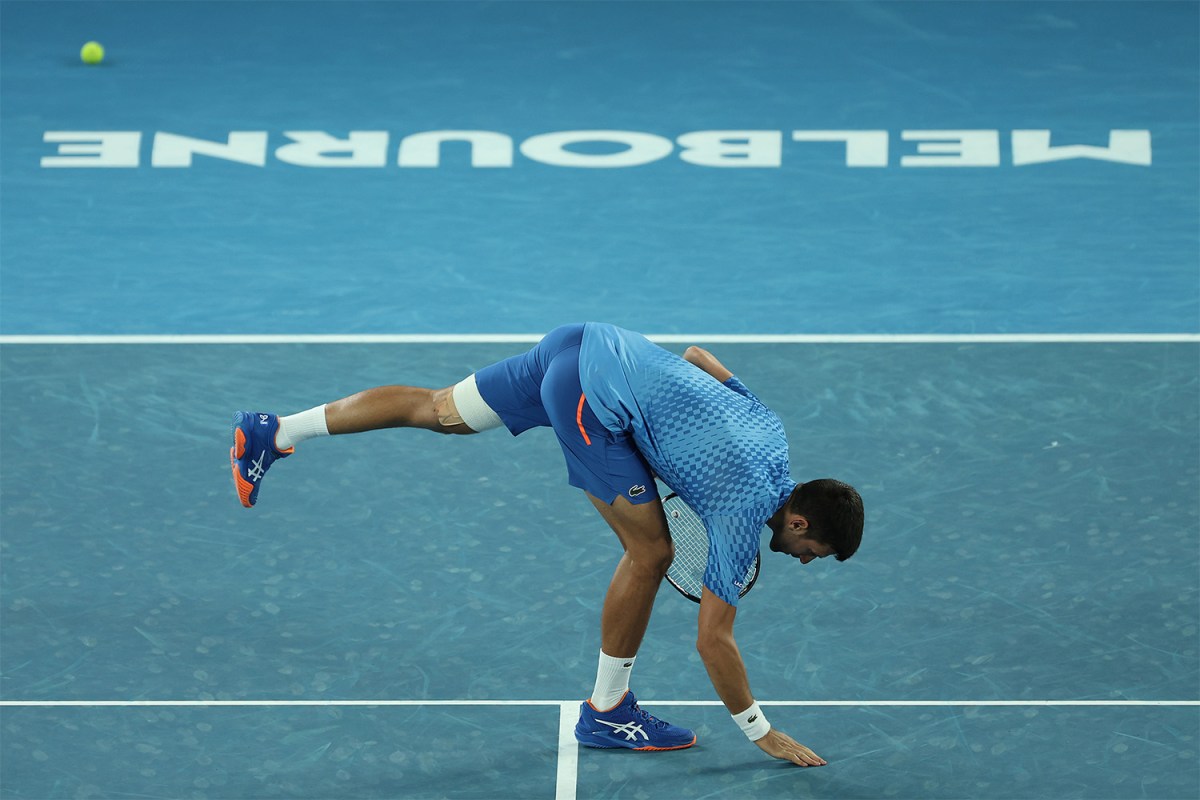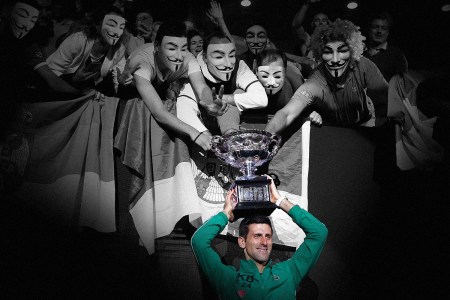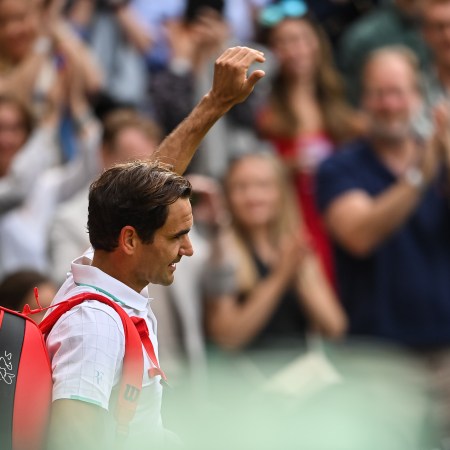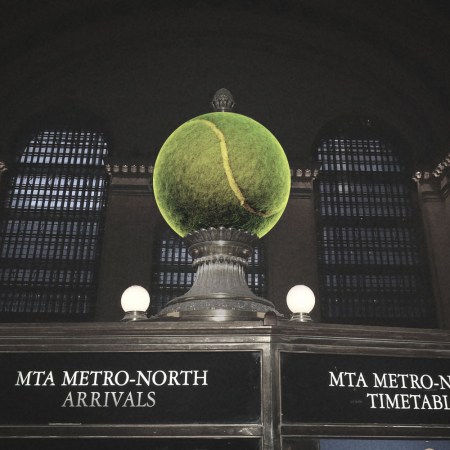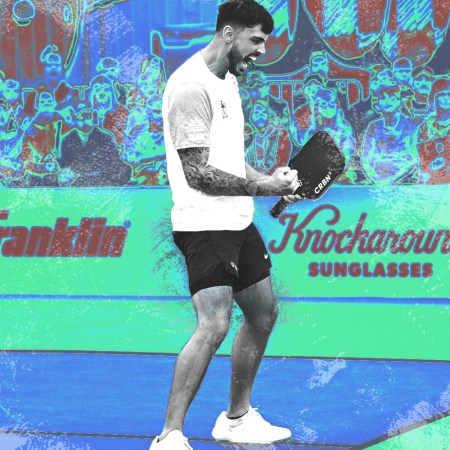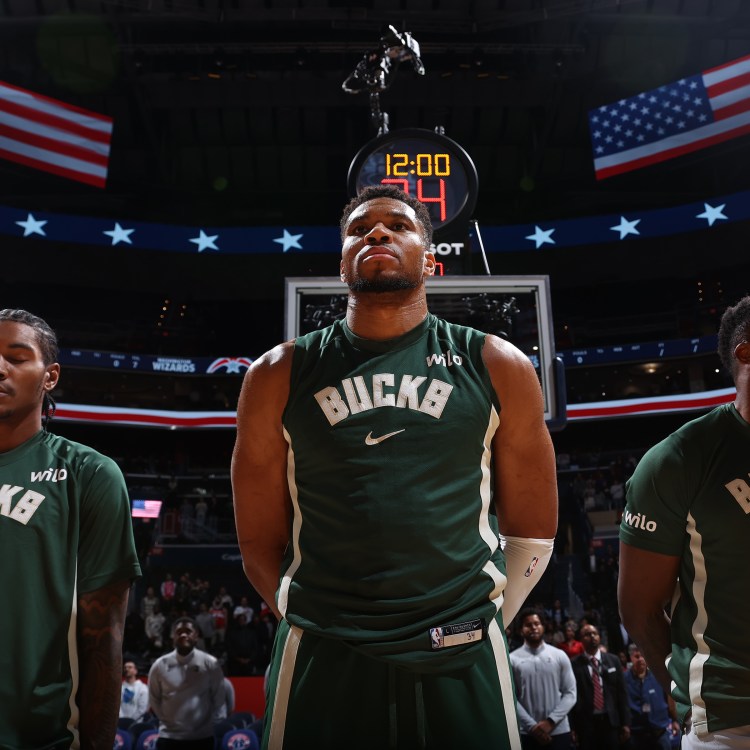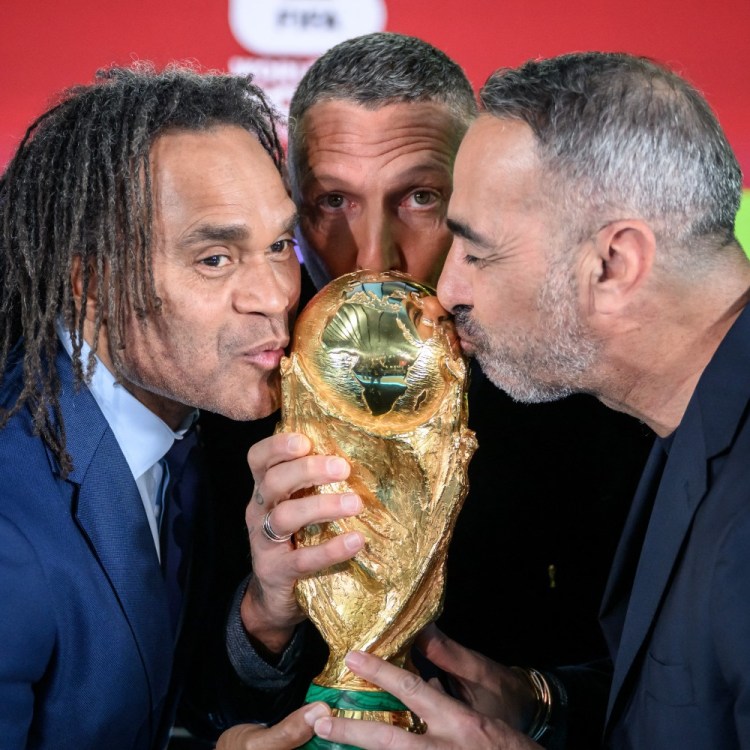The Australian Open might be the most protean of Grand Slams. Since its start in 1905, the tournament has been held in 12 sites around Australia and New Zealand. The Open only became a hardcourt competition in 1988, when its governing body, Tennis Australia, moved the event from the Kooyong Lawn Club’s grass courts to Melbourne’s Flinders Park — which became “Melbourne Park” in 1996, and whose main stage, Rod Laver Arena, has been renamed twice in 28 years. A fickle green surface called Rebound Ace hosted play until 2008, when tournament organizers judged Ace’s bounce and pace too variable; in the name of consistency, they unveiled a slick blue Plexicushion surface to take its place. In 2024, while the blue remains, yet another institutional change will be introduced: For the first time in the tournament’s century-plus history, the competition schedule will expand from 14 to 15 days, a decision intended to prevent late finishes and minimize player fatigue.
Thankfully, form at the Australian — which, as the first of four annual majors, seems to invite a certain New Year, New Me vigor — is impervious to Aussie administrators’ restless fiddling with format. In recent years, no player on the men’s tour more than Novak Djokovic has solidified Melbourne Park as a venue for tennis of the highest expression. In 2024, defending champion Djokovic, already the all-time winningest competitor in tournament (and sport) history, will try for his 11th Australian and 25th major title. He’s won 89 of 97 career contests and is 20-0 in semifinal and final matches in Melbourne. Last year he dropped only one set in his seven-match campaign for the championship, which ended with a sweep of Stefanos Tsitsipas.
The only factor possibly working against the 36-year-old Serbian is his age — he’s the sixth-oldest player in the ATP top 100 — but he claims the hunger of his teenage and twenty-something challengers “awakens a beast” in him. After a year in which Djokovic won three Grand Slams and was a five-set finalist at Wimbledon, and more recently an autumn that saw dominant tour triumphs at the Paris Masters and the ATP Finals, there’s no reason to suspect that time has yet stiffened his elastic athleticism, or moderated his greed for victory. Back in his “happy place,” Djokovic is again the front-runner.
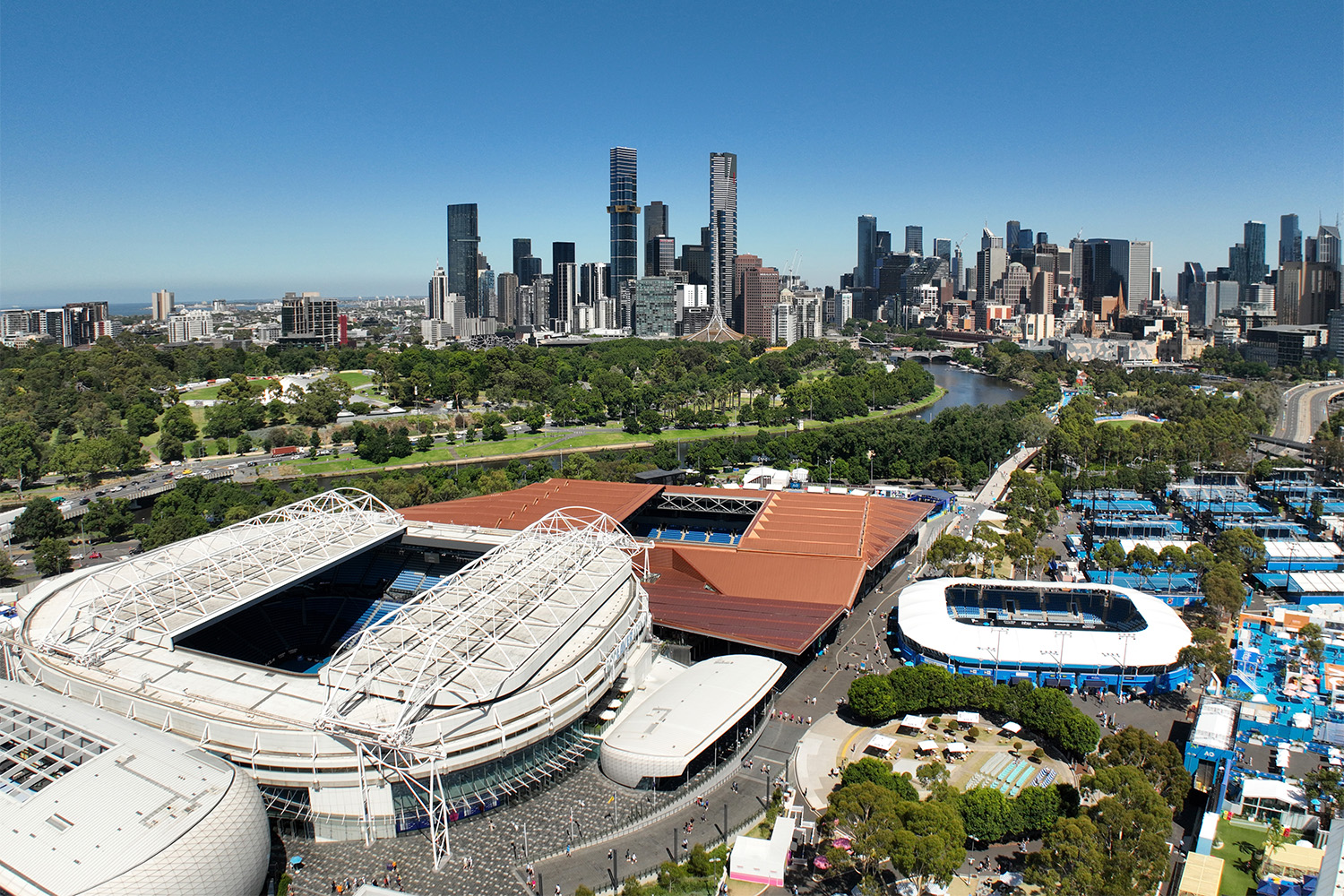
The Rafaissance Must Wait
Expectations were lower for Djokovic’s career rival Rafael Nadal, who recently withdrew from the tournament after suffering a micro muscle tear in his leg in a quarterfinal defeat to Jordan Thompson at the warmup Brisbane International. This year’s event would have launched Nadal’s all-but-guaranteed last year on the tour and staged his first Slam appearance since the 2023 Australian Open, when his season ended prematurely after injuring his hip in a second-round loss to the American journeyman Mackenzie McDonald. (Rafa clarified that this new ailment is “not in the same part where I had the [hip] injury.”)
After undergoing arthroscopic surgery on his left hip’s psoas tendon and labrum in June — which required a five-month recovery program — Rafa publicly embraced an incrementalist attitude toward his rehabilitation, suggesting the Australian phase of his comeback presented a low-stakes opportunity to rebuild the conditioning and confidence that a convalescent year took from him. It was peculiar to witness such humility in a 22-time major winner. It was also hard to discern its sincerity, especially following convincing wins over former world no. 3 Dominic Thiem and Jason Kubler in Brisbane, where flashes of a Djokovic-style agelessness returned to the Spaniard. Still, even if Nadal secretly plotted to stunt on us all in these fading final days of his career, that cinematic resurgence was always more likely to take place at Roland Garros, which will host the French Open in May and the Paris Olympics in July. Assuming this micro tear heals quickly, Rafa will have the chance to make up for the reps he’s surrendered in Melbourne at winter and spring ATP events at Indian Wells, the Madrid Open and the Italian Open.
The Rabid, Conspiracy-Loving Online Army of Novak Djokovic
He can lead fans to bad science, and he can also make them drinkA Young and Hungry Field
A convenient fact for anyone dismayed by Nadal’s setting sun is the existence of Carlos Alcaraz, a younger, more physically gifted, equally gracious, equally ferocious Spaniard. Only 20 years old, Alcaraz has already won two major titles, and he spent 2023 trading the world no. 1 ranking with Djokovic, after first holding the top spot, as the youngest ever to do so, for the 20 weeks that followed his U.S. Open victory in September 2022. He sat out last year’s Australian with a hamstring injury, and he lost in the second and third round in 2021 and 2022. But his success at hardcourt events since those losses — with wins at Miami and the U.S. Open in 2022, and a win at Indian Wells and a second-place finish in Cincinnati in 2023 — portends a similar outcome on Melbourne’s blue, whose medium speed should benefit his powerful put-away ability and agile court coverage.
Barely surpassed by Alcaraz in promise and hype is the hard-hitting Jannik Sinner, who had arguably the best fall on the tour. The 22 year-old Italian beat Alcaraz, world no. 3 Daniil Medvedev, world no. 5 Andrey Rublev and former world no. 10 Frances Tiafoe, among others, to take the titles at Beijing and Vienna, and he defeated Djokovic twice — in the ATP Finals opening round-robin stage, and in the Davis Cup semifinal. These wins quieted doubts about his mental fortitude in big matches (he notably blew a two-set lead against Djokovic and a match point against Alcaraz at the 2022 Wimbledon and U.S Open quarterfinals). But questions about Sinner’s physical durability swirled after his last Grand Slam match, a five-set loss to Alexander Zverev in the round of 16 at the U.S. Open, during which cramps hindered his stamina and range of motion. Still, Alcaraz and Djokovic have both recently commented on Sinner’s potential to win Slams and earn the sport’s top ranking; and if his thin, lanky legs can survive the heat in Melbourne — where he’s reached the quarterfinals and round of 16 in years past — he’ll be well-positioned to validate their faith.
Rounding out Alcaraz and Sinner’s cohort of next-gen talent at the Australian is the 20-year-old Holger Rune, who was a fifth-set tiebreak away from making last year’s quarterfinals. After reaching the quarterfinals at the French Open and Wimbledon, Rune struggled in the latter half of 2023, losing in the first round at the U.S. Open, and in the second round at Cincinnati, Beijing and Shanghai, disappointing hardcourt results that sank his ranking from no. 4 to no. 10 (it’s since increased to 8).
A promising three-set loss to Djokovic in the quarterfinals at the Paris Masters in early November boosted the tempestuous Dane’s morale, as did the addition of his new coach, six-time Slam winner and former Djokovic-whisperer Boris Becker, whom Rune has credited for his budding turnaround. That reversal of fortunes continued in Brisbane, where startlingly precise and powerful groundstrokes led Rune to the final against Grigor Dimitrov, who beat him in two competitive sets. It’s surprising but true that only a few months removed from his October despondence, Rune looks as focused and fearless as he ever has on a tennis court. If he can insulate that mental clarity from the pressures of competing at a Grand Slam, he should advance at least to the quarterfinals, if not the semifinals, in Melbourne.
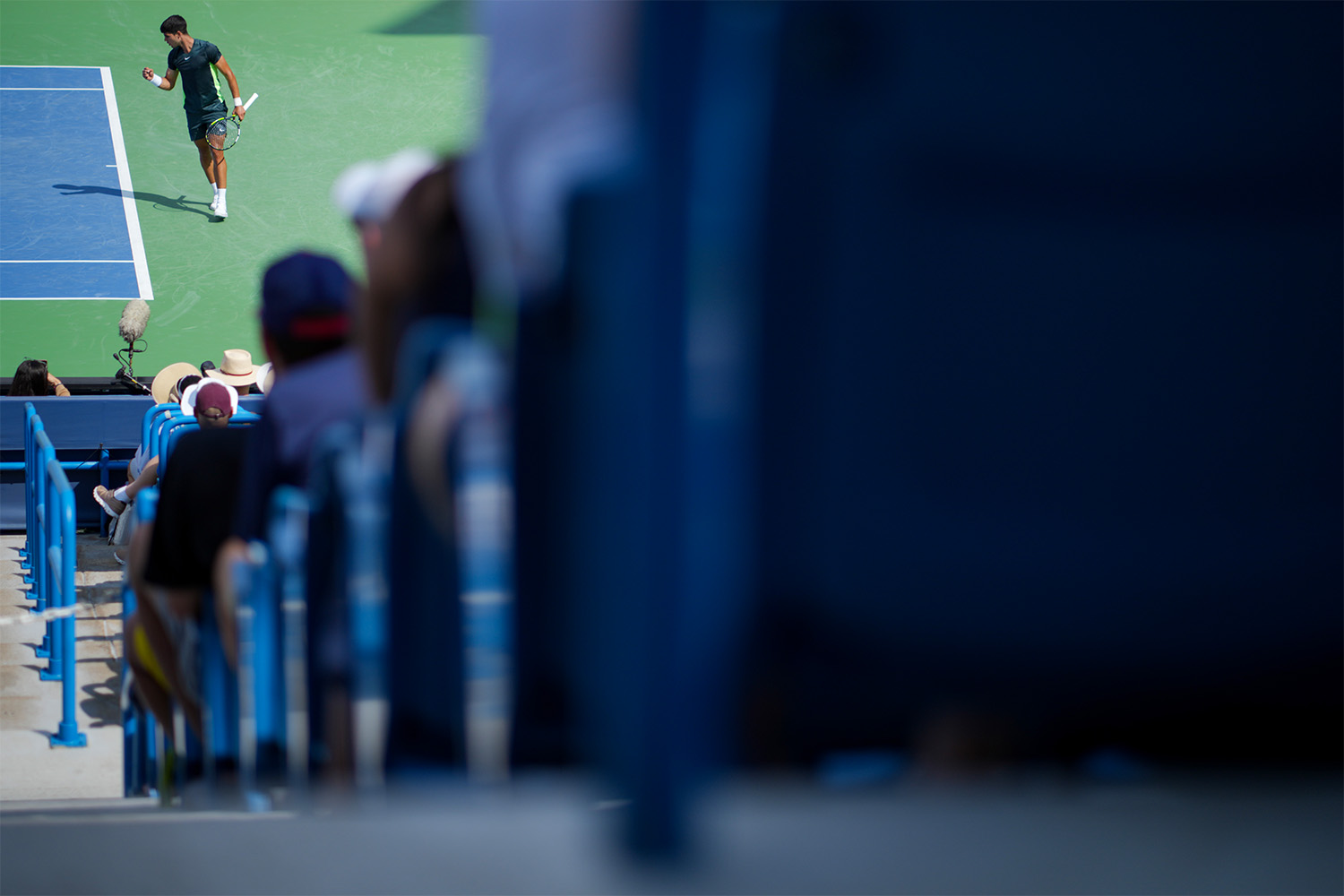
Not to Be Forgotten…
Should Djokovic, Alcaraz, Sinner or Rune not win the 2024 Australian Open, they’ll be excused by a surplus or shortage of time on this planet spent playing professional tennis. But for certain mid-career standouts — like Daniil Medvedev, Stefanos Tsitsipas, Alexander Zverev, Casper Ruud and Grigor Dimitrov — the moment to build a legacy proportionate to their talent is now. With the exception of Medvedev (whose single Slam fails to reflect the magnitude of his gifts), none of these top 15 players has won a major, though each has the ability to do so. Medvedev, who was runner-up in 2021 and 2022, and Tsitsipas, who reached last year’s final, stand above their underachieving peers as top contenders. Zverev and Ruud have also reached Grand Slam finals, but both still have much to prove in Melbourne: for Zverev, that a harrowing ankle injury suffered in the 2022 French Open semifinals did not forever stymie his transcendent, major-winning potential; and for the former world no. 2 Ruud, that his disappointing 2023 record after a second-place finish at Roland Garros — losing in the second round at Wimbledon, Cincinnati, the U.S. Open, the Paris Masters, Tokyo and Basel — was an aberration. There is also the least likely, but most exciting, possibility that Bulgarian fan-favorite Grigor Dimitrov can win his first-ever major; he won and finished second in his last two tour appearances.
Our Official Forecast, If We Must
All this speculating — it makes me anxious, apologetic. I haven’t mentioned (save a few in passing) Ben Shelton, or Andrey Rublev, or Taylor Fritz, Frances Tiafoe, Hubert Hurkacz, top Aussie Alex de Minaur, former world no. 6 Felix Auger-Aliassime, the 19-year-old Arthur Fils — doesn’t Fils deserve contextualizing? He’s French. He beat Tsitsipas at the European Open in October. He started 2023 ranked 251 and now he’s the 35th-best player in the world. He could win. All of these guys could win. They probably won’t. I can’t say for sure. They could. Alcaraz, Medvedev, Sinner, Tsitsipas, Zverev — they might win. They might. Can I offer any certainties? Nadal won’t win. Neither will Andy Murray (yes, he’s still playing).
Almost definitely the winner will be Djokovic. He always wins, especially in Melbourne. He’s 89-8 there all-time. 20-0 in semifinal and final matches. You let him get close to the trophy and he’s like: yoooo lemme just hold it, but by then it’s too late. He’s in his box drinking some immortality elixir out of it, toasting to an eternal fantasy life, giving Matthew McConaughey a taste. He acts all respectful toward these younger guys on his ass, and I don’t doubt his candor in the press room, but on the court he hates them. He wants to shatter their sense of self. His delight in destroying dreams would be disturbing if it manifested anywhere outside the zero-sum sport of tennis.
One day the Australian’s capricious administrators will rename Rod Laver Arena after Djokovic, probably even paint their courts red, blue and white to match the Serbian flag. Melbourne is Novak’s happy place. Until he’s gone, it can’t be anyone else’s.
The Charge will help you move better, think clearer and stay in the game longer. Subscribe to our wellness newsletter today.
